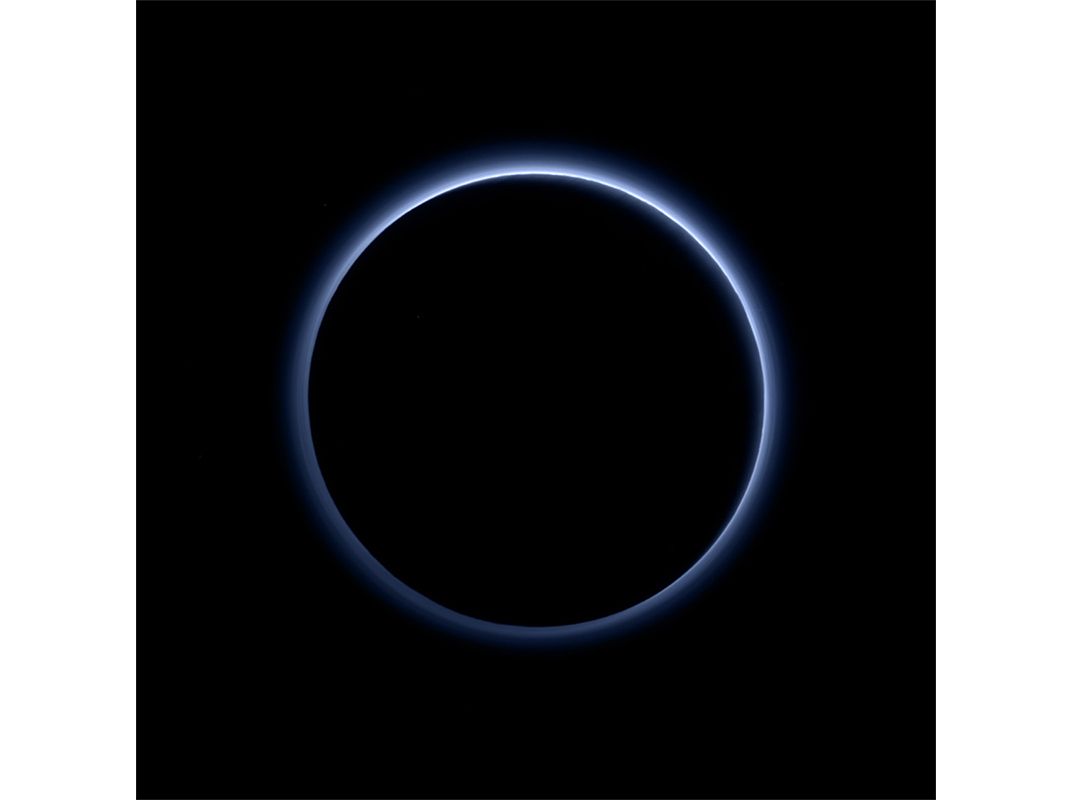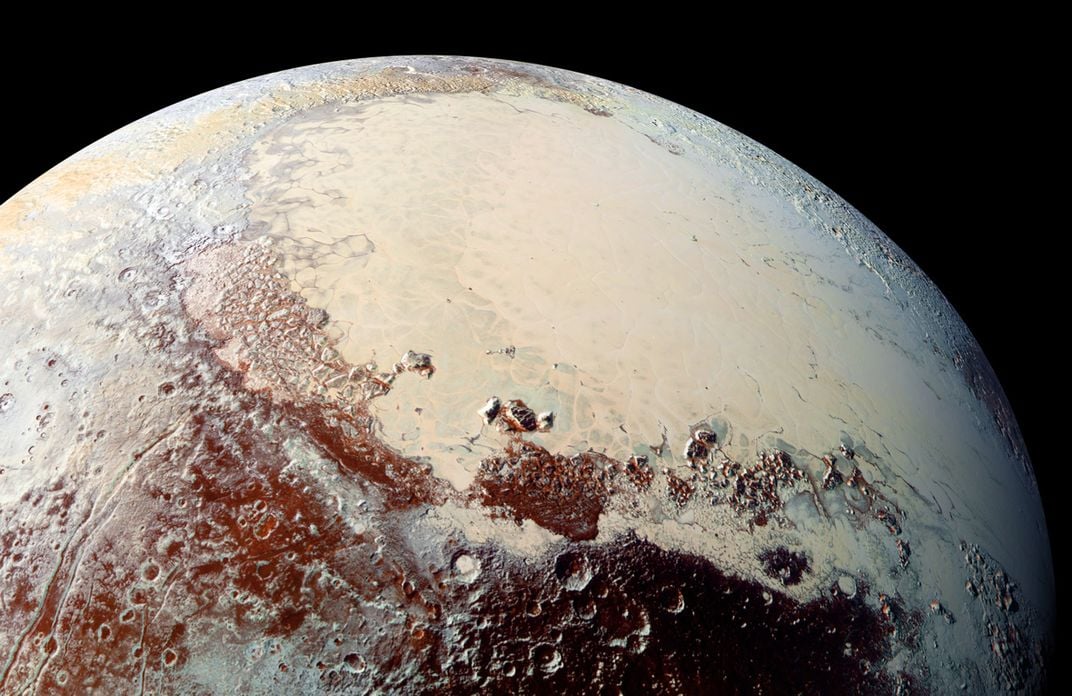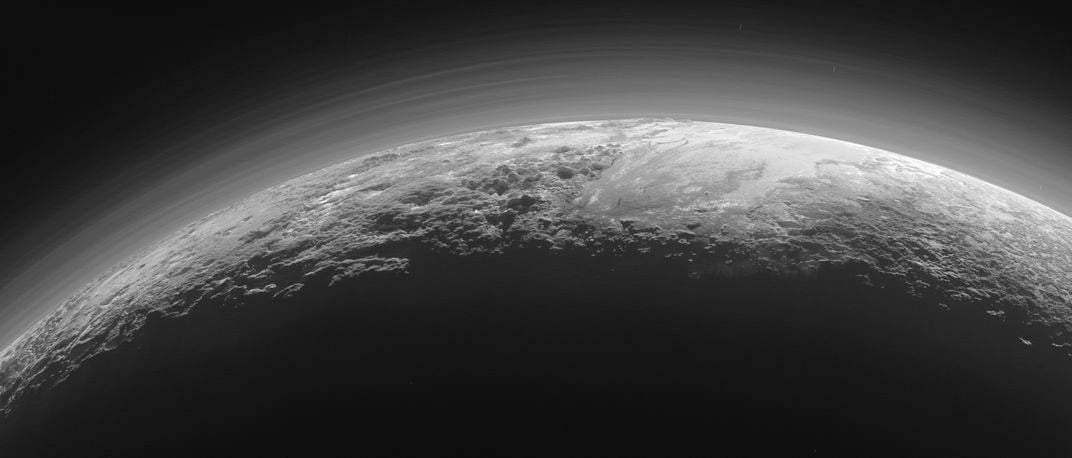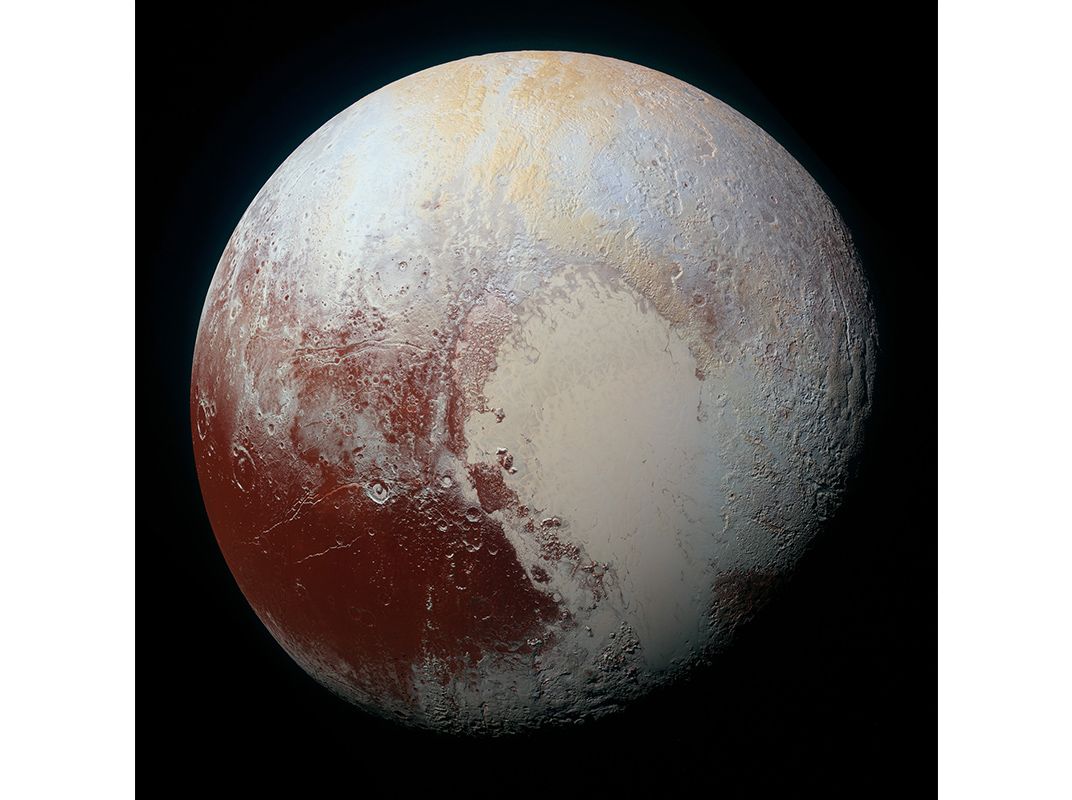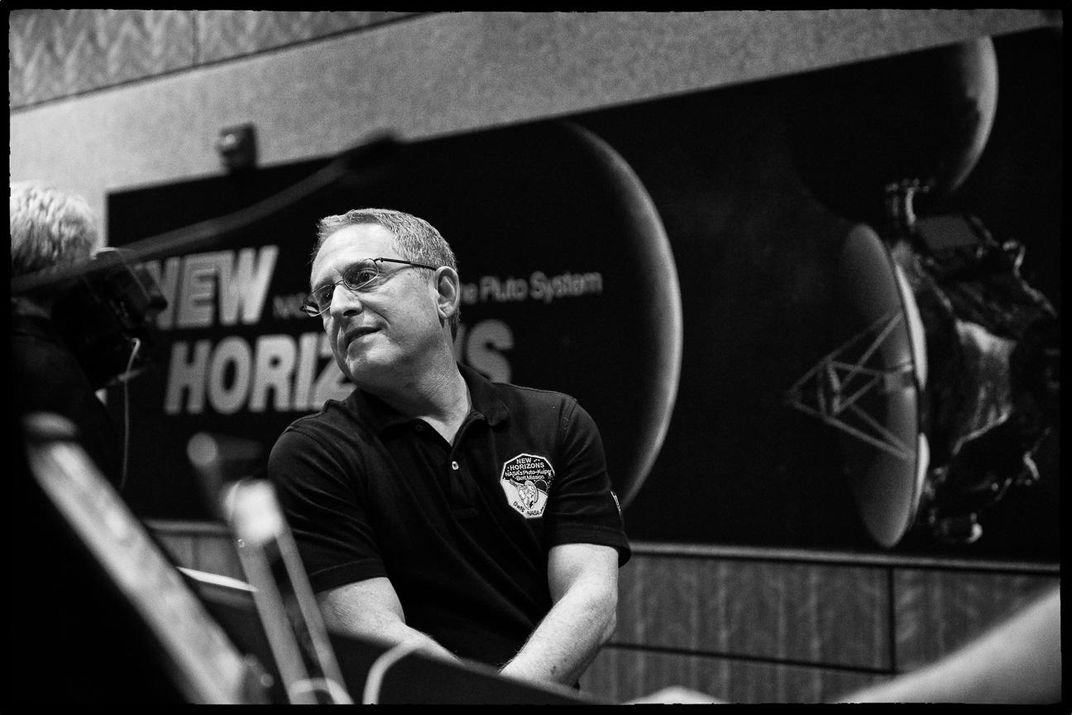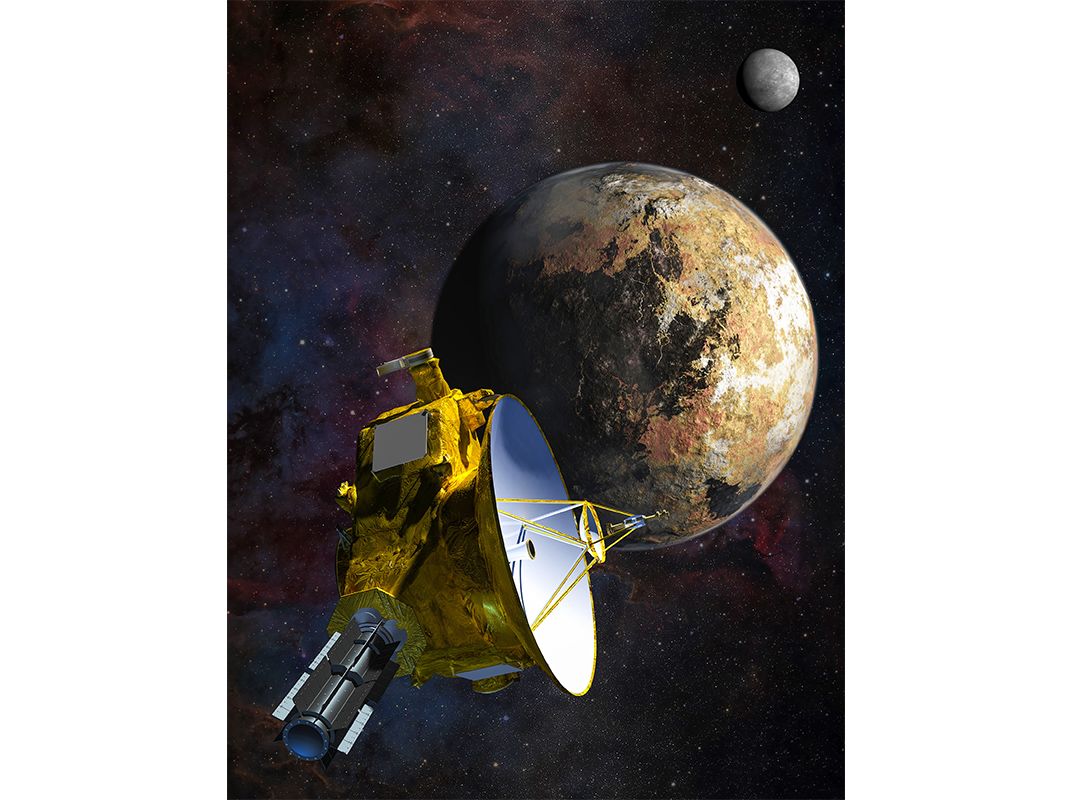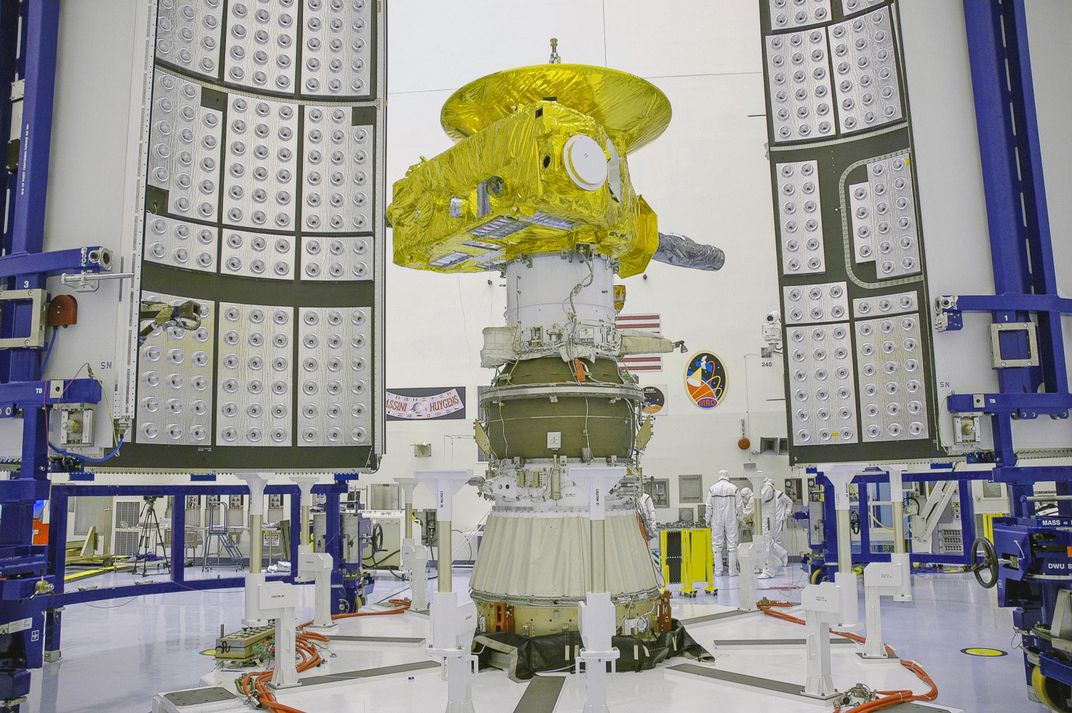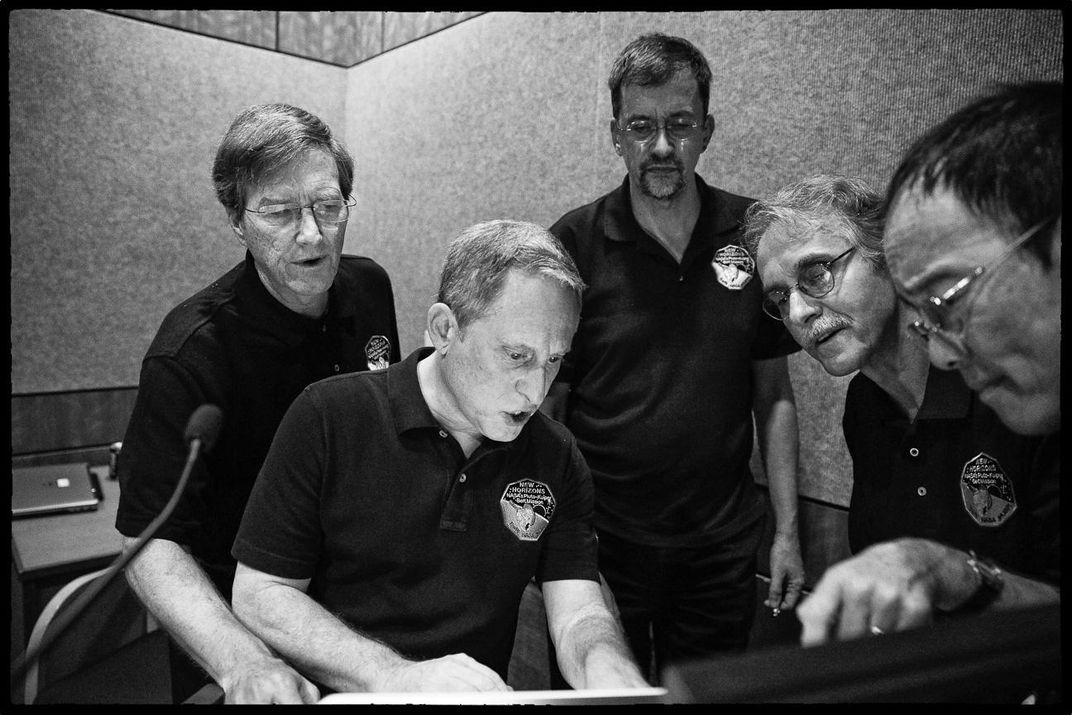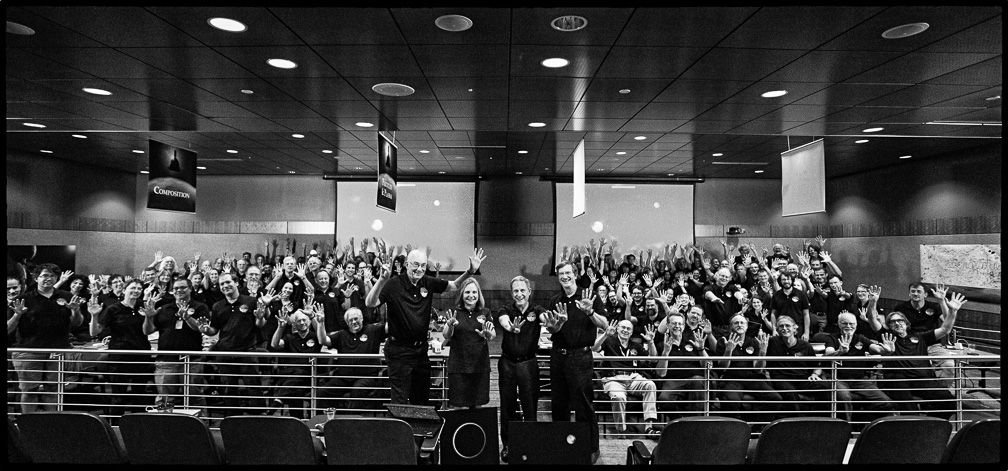How Alan Stern Brought Pluto to Earth
The scientist behind NASA’s New Horizons mission gave cheering earthlings their first close-up view of the dwarf planet
:focal(530x265:531x266)/https://tf-cmsv2-smithsonianmag-media.s3.amazonaws.com/filer/3e/01/3e0174dc-33f5-46d6-87da-4be12384dc48/dec2015_j06_physicalsciencesalanstern-web-resize-v4.jpg)
Alan Stern promised his co-workers that their Pluto flyby would make the front page of the New York Times, above the fold. But even Stern didn’t expect the achievement to appear in the same prominent place in 450 newspapers on July 15, the morning after the New Horizons spacecraft whizzed by Pluto and transformed it forever from a mere point of light into a three-dimensional world with its own identity. “People dig exploration,” Stern said by way of explaining the global fascination.
People also dig hard-won triumph, and what a triumph it was, slingshotting a device no heavier than a Smart car across the solar system and having it meet up more than nine years and three billion miles later with an icy sphere smaller than our moon. The feat showed us again that perhaps the only thing more wondrous than space itself is the human mind that relentlessly insists on understanding it.
Stern, who is a planetary scientist, aerospace engineer, associate vice president for research and development at the Southwest Research Institute and principal investigator of the New Horizons mission, set his sights on Pluto decades ago and designed spacecraft to study it several times before, only to have his plans fizzle long before they reached the launchpad. His dogged determination is one reason for this mission’s shining success, but determination is also a quality shared by the many hundreds of scientists, engineers and technicians who have worked on the project over the years. Stern’s singular contribution, actually, has been his shrewd pragmatism in navigating NASA’s funding obstacles and the mission approval process, a world fraught with dream-killing hazards (see “Plutonic Love,” June 2015). A NASA veteran, Stern put into action an idea that goes beyond the classic engineering aesthetic “less is more.” Think of it as less is most.
To get to Pluto quickly, the spacecraft had to be light. It weighed just 1,054 pounds at launch. The seven onboard scientific instruments—which had a long list of tasks that included mapping Pluto and its largest moon, capturing high-resolution and color images, studying its geology and composition, measuring solar wind and detecting dust—come in at just 66 pounds. For the spacecraft to be light, the instrumentation had to be efficient. All of the instruments operate on just 28 watts, not enough to power a light bulb.
“My God, the darn machine worked—it really worked,” David DeVorkin, a senior curator at Smithsonian’s National Air and Space Museum, says of the mission’s success. “How did he pull it off? I mean, it is a Zen sort of thing....That kind of concentration and intense attention to every possible contingency plan for everything that could go wrong.” Despite, or more likely because of, its streamlined design, New Horizons managed to collect 50 gigabits of data, 5,000 times as much data as the Mariner 4 probe collected when it flew by Mars in 1965, returning the first-ever close-up view of that planet.
It was back in the 1990s, during planning for another Pluto mission that never achieved liftoff, that Stern devised the clever strategy of putting a spacecraft to sleep for long periods of time, reducing the number of people required to pilot and monitor the craft, and saving substantially on operating costs. New Horizons borrowed that strategy. After a successful boost from Jupiter’s gravity, New Horizons spent 1,892 of 3,058 days hibernating. Likewise, Stern decided to keep the spacecraft focused solely on its target during the flyby, to get as much precious data as possible, and only later point the craft back at Earth to transmit that data home. It meant no immediate reward, and even now the information comes in at a trickle because he packed a less powerful transmitter and smaller antenna to save on costs and weight.
The stunning first photo of Pluto’s surface shows mountains that rise 11,000 feet—a delightful surprise to astronomers, because nitrogen-ice, which covers most of Pluto’s surface, should collapse under its own weight. A long eight weeks later, after Labor Day weekend, New Horizons revealed Pluto’s ancient craters, smooth bright plains, clustered ridges and dunes, an unexpected amalgamation of landscapes found elsewhere in the solar system, including on Mars and Jupiter’s moon Europa. There are signs of flowing glaciers and crisscrossed channels caused, perhaps, by fluid or slush on the “planet.” (Pluto is officially classified as a “dwarf” planet, but Stern still calls it a planet—and who’s going to stop him? “Astronomers don’t have a police force,” he says.) Data from an instrument dubbed Alice—its partner instrument is Ralph—found an atmosphere rich in nitrogen reaching a thousand miles above Pluto’s surface. In Stern’s favorite image so far, taken 15 minutes after closest approach, separate, distinct peaks jut into the haze above, itself formed of distinct concentric rings. The last of the data won’t arrive until late next year. But after waiting a long, long time—14 years to plan the mission and get approval, 4 to construct and test the craft and related systems, plus more than 9 years in transit—what’s another year? “You’ve got to be OK with delayed gratification,” says Stern.
In those early days before the mission was a go, when Pluto was still classified as a planet, Stern had another savvy idea. The probe could have fulfilled its scientific goals with just six instruments. But Stern wasn’t satisfied—there must be room for one more. And so they added a high-resolution, long-range telescope that would begin observations six months early by photographing Pluto during the approach, greatly boosting the scientific return without adding much to the cost. Those early images were also a tease that made the mission all the more alluring to Plutophiles new and old here on Earth. Stern got our attention and made us want more. Now we too are willing to wait for it.
